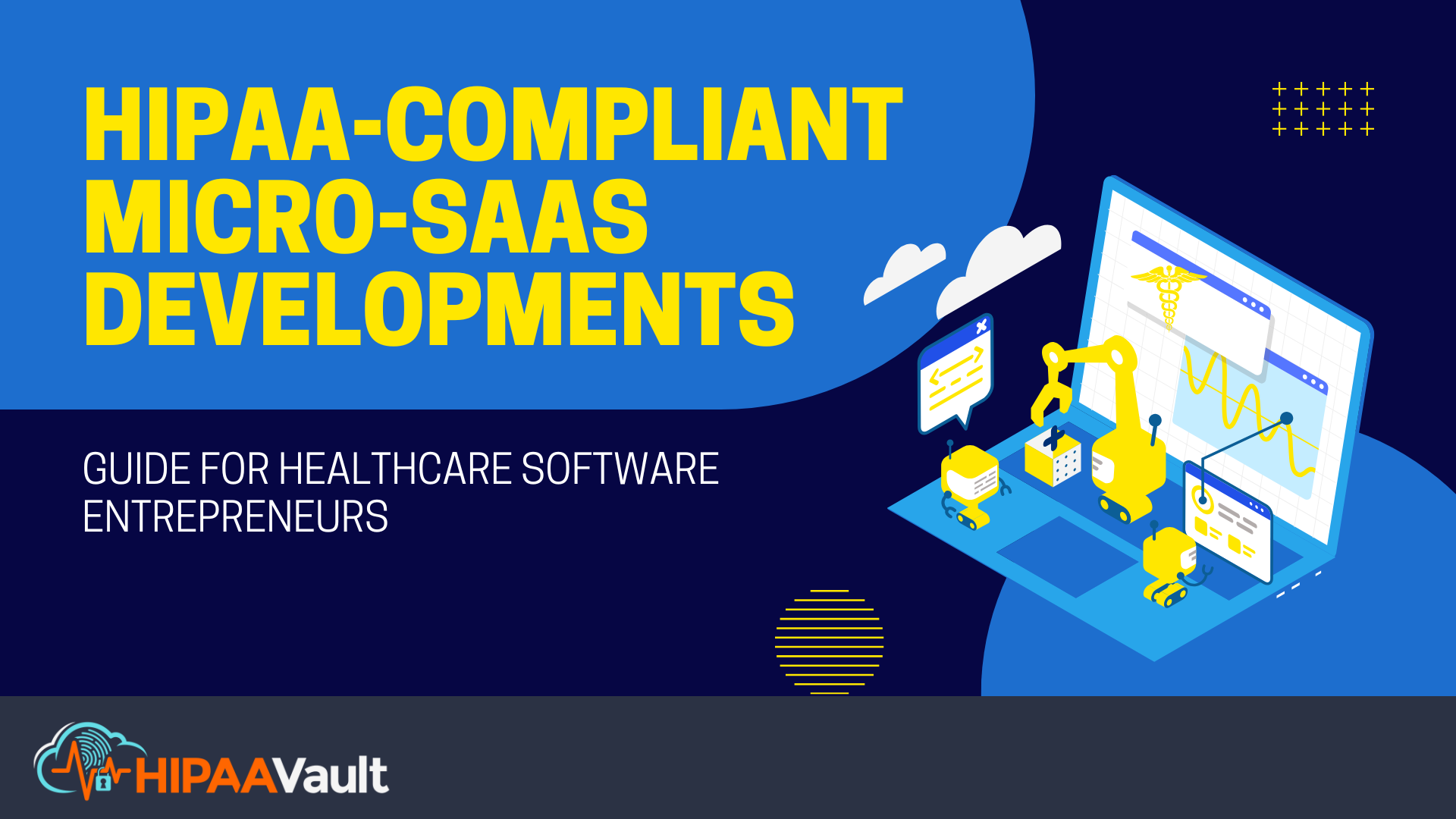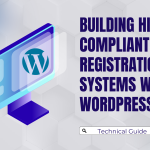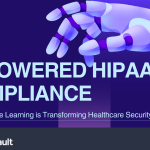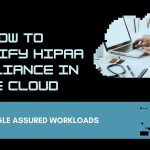
Introduction: Where Compliance Meets Opportunity
The physician stared at her screen in frustration. “I just need a simple tool to track ophthalmology-specific patient communications — not another massive EHR system.” This sentiment captures why healthcare micro-SaaS applications are rapidly gaining traction. While major platforms offer broad functionality, they often miss the specialized tools healthcare professionals desperately need.
This market gap represents a tremendous opportunity for software entrepreneurs who understand both healthcare workflows and compliance requirements. At HIPAA Vault, we’ve witnessed the emergence of successful micro-SaaS ventures that target specific healthcare pain points while maintaining rigorous compliance standards. These focused applications often achieve faster adoption, higher customer satisfaction, and stronger retention than their one-size-fits-all counterparts.
The Healthcare Micro-SaaS Business Model
According to a 2023 report from Gartner, the healthcare SaaS market is projected to reach $51.7 billion by 2028, with a CAGR of 19.5%. This growth creates substantial opportunities for micro-SaaS developers who focus on specialized healthcare needs.
The key to success in this market lies in identifying underserved segments with specific pain points that larger platforms don’t adequately address. For example, a dermatology practice might need specialized patient image management that integrates with their documentation workflow, while a physical therapy group might require specialized exercise tracking and progression tools.
Dr. Sarah Chen, a practicing neurologist who launched a successful micro-SaaS for neurology documentation, explains: “I saw firsthand how physicians in my specialty were struggling with generic EHR templates. We needed something designed specifically for neurological exams that would save time while ensuring thorough documentation.”
Healthcare micro-SaaS applications can command premium pricing compared to general consumer SaaS, largely due to the value of built-in compliance features. According to a 2024 KLAS Research report, healthcare organizations are increasingly willing to pay premium prices for solutions that demonstrably reduce their compliance burden and mitigate security risks.
Understanding HIPAA Compliance Requirements
When you develop healthcare software that handles Protected Health Information (PHI), your micro-SaaS business automatically becomes a Business Associate under HIPAA regulations. This legal designation, defined in 45 CFR §160.103, creates specific obligations that affect your product development, operations, and customer relationships.
The Department of Health and Human Services (HHS) Office for Civil Rights requires Business Associates to establish formal Business Associate Agreements (BAAs) with each covered entity customer. These agreements define your responsibilities for safeguarding PHI and specify procedures for incident response.
The HIPAA Security Rule outlines specific technical safeguards that your micro-SaaS must incorporate from the beginning of development. According to HHS guidance, these requirements include access controls that restrict data access to authorized users, audit controls that create detailed activity logs, integrity controls that prevent unauthorized alteration of health information, and transmission security that protects data during electronic transmission.
Beyond your internal documentation, successful healthcare micro-SaaS providers develop customer-facing materials that help clients maintain their own compliance. According to a 2023 survey by Black Book Market Research, healthcare organizations rank vendor-provided compliance documentation among the top five factors when selecting specialized software solutions.
Smart Product Planning for Compliance
The foundation of compliance begins with thoroughly understanding how your application will interact with Protected Health Information. The Office for Civil Rights recommends conducting a comprehensive data mapping exercise before development begins to identify all points where PHI enters, is stored, processed, and transmitted within your application.
This assessment helps identify where to focus compliance efforts and often reveals opportunities to minimize PHI exposure. As noted in the Journal of Healthcare Information Management, software applications that incorporate data minimization principles from initial design typically require 30–50% less effort to achieve compliance compared to those retrofitted with security controls after development.
The HIPAA “minimum necessary” principle requires limiting PHI access to the minimum needed for intended purposes. The Office of the National Coordinator for Health Information Technology (ONC) provides guidance on implementing this principle through role-based access controls and contextual information display. Their research indicates that applications designed with minimum necessary principles not only meet compliance requirements but typically deliver better user experiences by reducing information overload.
De-identification represents another powerful strategy for reducing compliance scope while maintaining functionality. The HHS guidance on de-identification outlines two primary methods: the Safe Harbor method (removing 18 specific identifiers) and the Expert Determination method (statistical de-identification). For analytics, reporting, and development environments, de-identified or synthetic data can provide substantial advantages.
Building a Secure Architecture
Authentication represents the first line of defense for healthcare applications. According to NIST Special Publication 800–63–3, healthcare applications handling PHI should implement multi-factor authentication with appropriate assurance levels based on the sensitivity of information. Research from HIMSS indicates that 78% of healthcare organizations now require SSO integration capabilities from new software vendors.
The HIPAA encryption requirements focus on both data at rest and data in transit. As highlighted in HHS guidance, when encryption is properly implemented according to NIST standards, lost or stolen data is not considered a reportable breach since the information remains unusable and indecipherable. NIST Special Publication 800–111 provides detailed guidelines for protecting data at rest, while NIST SP 800–52 outlines requirements for data in transit.
A well-designed audit logging system captures meaningful security events without generating overwhelming noise. According to guidance from the Office for Civil Rights, at minimum, logs should record who accessed what information, when they accessed it, and what actions they performed. Security experts at the SANS Institute recommend designing logging systems that are tamper-evident, adequately protected, and retained for appropriate periods.
HIPAA’s availability requirements explicitly mandate the ability to restore PHI during emergencies, while confidentiality rules require protection of that data throughout the backup process. The National Cybersecurity Center of Excellence provides detailed guidance on secure backup architectures for healthcare organizations, emphasizing the importance of geographically distributed backups to ensure business continuity during disruptions.
Accelerating Development with HIPAA Vault
HIPAA Vault’s development environment provides healthcare software entrepreneurs with infrastructure specifically designed for building compliant applications. According to Forrester Research, healthcare technology startups using pre-configured compliance environments typically reach market 40% faster than those building security infrastructure from scratch.
Our platform provides pre-hardened environments that satisfy HIPAA Technical Safeguards requirements while eliminating months of security configuration work. This allows development teams to focus on creating valuable features rather than navigating complex compliance requirements.
“Before adopting HIPAA Vault’s platform, we spent nearly four months configuring our development environment for compliance,” shares Michael Torres, CTO of PhysioFlow. “With HIPAA Vault, we were up and running in days, allowing us to focus on building our core product much sooner.”
Our environment includes pre-configured controls addressing key compliance requirements specified in the HIPAA Security Rule. These components implement security practices recommended by NIST and the Office for Civil Rights, including authentication frameworks with healthcare-specific implementations, encryption libraries configured to meet NIST standards, and comprehensive audit logging components.
Security Implementation Best Practices
Regardless of which development framework you choose, implementing healthcare-specific security patterns is essential. The Open Web Application Security Project (OWASP) maintains the Healthcare Application Security Verification Standard, which provides detailed security requirements for healthcare applications across different frameworks.
Security experts advise against reinventing security solutions. “The most secure healthcare applications leverage battle-tested authentication libraries and established encryption methods rather than custom implementations,” notes Jennifer Williams, Healthcare Technology Security Researcher at the Center for Internet Security.
Proper database design significantly impacts both security and compliance. According to research published in the Journal of Healthcare Information Management, database-level security controls can prevent up to 60% of potential data exposure incidents when correctly implemented. Healthcare database best practices include implementing data segregation strategies that separate PHI from operational data and applying schema-level security with row-level access controls.
As healthcare systems become increasingly interconnected, API security becomes a critical concern. NIST’s Special Publication 800–95 provides extensive guidance on security for web services, including recommendations specifically relevant to healthcare applications. Key recommendations include implementing OAuth 2.0 with appropriate healthcare-specific scopes and enforcing mTLS for service-to-service authentication.
Ongoing Compliance Management
The Office for Civil Rights emphasizes that HIPAA compliance is not a one-time achievement but requires ongoing monitoring and adaptation. Their guidance recommends implementing continuous vulnerability scanning, regularly reviewing system logs, and conducting periodic security assessments.
Despite best efforts, security incidents can occur. The HIPAA Breach Notification Rule establishes specific requirements for responding to security incidents involving PHI. According to HHS, organizations with well-documented and regularly tested incident response plans typically experience 40% lower costs when breaches occur. HIPAA Vault’s platform includes integrated incident response tools that help micro-SaaS companies quickly identify potential security issues and generate the documentation needed for compliance.
Aligning your micro-SaaS security practices with recognized frameworks provides significant advantages beyond basic HIPAA compliance. The 2021 HITECH Act amendment gives HHS the discretion to reduce penalties for HIPAA violations when organizations can demonstrate compliance with recognized security frameworks like the NIST Cybersecurity Framework or HITRUST CSF.
From Compliance Challenge to Market Advantage
Building a HIPAA-compliant micro-SaaS requires thoughtful planning and focused execution, but the rewards can be substantial. Healthcare organizations are increasingly seeking specialized tools that address specific workflow challenges while maintaining rigorous security standards.
The most successful healthcare micro-SaaS entrepreneurs view HIPAA compliance not as a burdensome requirement but as a market differentiation strategy. By solving specific problems with security-first solutions, they create products that healthcare organizations eagerly adopt.
Before launching your healthcare micro-SaaS, ensure you’ve addressed critical compliance components including risk assessment, security architecture documentation, authentication frameworks, encryption configuration, audit logging, backup procedures, security testing, and customer-facing documentation.
By partnering with HIPAA Vault, you can significantly accelerate your journey to market while ensuring your application meets the exacting standards healthcare organizations demand. Our pre-configured development environments and compliance-focused infrastructure help you focus on what matters most: creating exceptional healthcare software that improves patient care and organizational efficiency.
Ready to accelerate your healthcare micro-SaaS development? Contact HIPAA Vault today for a consultation on how our secure development platform can support your healthcare software entrepreneurship journey.





